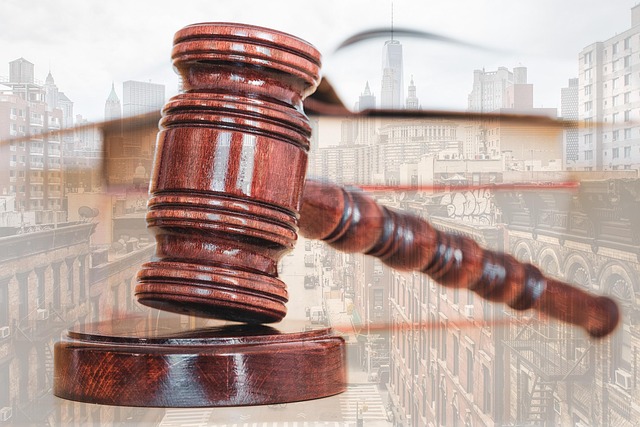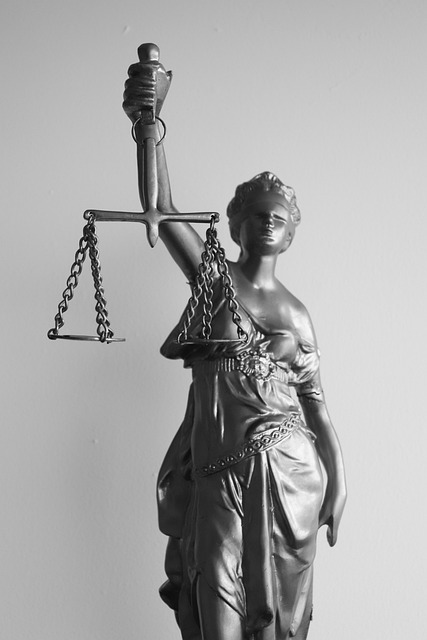The Role of Evidence in Establishing Criminal Intent is critical for all parties involved in criminal law cases. It involves analyzing act nature, circumstances, and defendant knowledge. In white-collar and political cases, financial records, digital communications, and expert testimony are key. Rigorous evaluation of witness testimonies, physical clues, and forensic reports ensures fairness and protects innocence. Establishing guilt "beyond a reasonable doubt" requires compelling evidence, with defense strategies focusing on challenging prosecution claims.
In the intricate world of criminal law, understanding the nuances of criminal intent is paramount. This article delves into the core components that define criminal cases, focusing on the role of evidence in establishing intent. We explore the various types of evidence used to build a compelling case, while also dissecting witness credibility and the stringent legal standard of ‘beyond a reasonable doubt’. By examining these critical elements, we uncover the strategic importance of evidence in navigating the complexities of criminal law.
- Understanding Criminal Intent: Elements and Proof
- Types of Evidence in Criminal Law Cases
- The Credibility of Witnesses and Their Testimony
- Legal Standards for Establishing Guilt Beyond a Reasonable Doubt
Understanding Criminal Intent: Elements and Proof

Understanding Criminal Intent: Elements and Proof is a crucial aspect of any criminal law case. Criminal intent refers to the mental state of the accused at the time of committing the offence, indicating whether the act was done intentionally, recklessly, or negligently. This concept plays a pivotal role in distinguishing between different types of crimes and their respective punishments. The key elements in proving criminal intent include the nature of the act, the circumstances surrounding it, and the defendant’s knowledge or awareness of its illegal nature.
The Role of Evidence in Establishing Criminal Intent is indispensable throughout all stages of the investigative and enforcement process. In cases involving white-collar and economic crimes, for instance, the prosecution must demonstrate a deliberate scheme or pattern of deceptive behaviour. This often requires examining financial records, digital communications, and expert testimony to illustrate the accused’s intent. Similarly, in philanthropic and political communities where trust is paramount, proving criminal intent can be complex, necessitating a thorough analysis of legal documents, witness statements, and contextual evidence to ensure fairness and accuracy in the justice process.
Types of Evidence in Criminal Law Cases

In criminal law cases, evidence plays a pivotal role in establishing criminal intent and proving beyond a reasonable doubt that an accused person committed the offense. The types of evidence admissible in court can range from direct physical evidence to circumstantial proof, each offering unique insights into the circumstances surrounding a crime. Direct evidence, such as witness testimony or videos of the incident, directly shows the commission of the crime, while circumstantial evidence, like motive, opportunity, and lack of an alibi, indirectly suggests guilt by connecting the accused to the scene or providing a compelling narrative of their involvement.
Understanding the role of evidence in establishing criminal intent is crucial for both prosecutors and general criminal defense attorneys. This knowledge ensures that cases are built on solid ground, with each piece of evidence contributing to a comprehensive picture of the incident. Moreover, it highlights the importance of rigorous legal processes in evaluating evidence, particularly when dealing with complex cases involving corporate and individual clients or issues that resonate within philanthropic and political communities.
The Credibility of Witnesses and Their Testimony

The credibility of witnesses and their testimony play a pivotal role in shaping the outcome of criminal law cases. In high-stakes cases where the difference between a complete dismissal of all charges and an indictment can be slim, every detail and piece of evidence is scrutinized. Witness statements are a critical component of this process, as they provide firsthand accounts that help establish or challenge criminal intent. However, given the potential for bias, memory lapses, or deliberate misstatement, courts must carefully evaluate the reliability of such testimony.
Jurors, along with judges in bench trials, are tasked with sifting through these narratives to determine the truth. This involves examining witness credibility through cross-examination and corroborating evidence. The role of evidence in establishing criminal intent is not solely dependent on testimonies; it includes physical clues, forensic reports, and other documentary proof that can either support or contradict witness statements. Ultimately, a balanced assessment of all available evidence is crucial to ensuring fairness and avoiding the indictment of innocent individuals.
Legal Standards for Establishing Guilt Beyond a Reasonable Doubt

In criminal law, establishing guilt beyond a reasonable doubt is paramount to securing a conviction. This legal standard requires prosecutors to present compelling evidence that leaves no reasonable alternative explanation other than the defendant’s guilt. The role of evidence in this process is pivotal; it must be relevant, reliable, and sufficient to persuade a jury or judge to find the defendant culpable. Various types of proof, including eyewitness testimonies, forensic analysis, and circumstantial evidence, play a crucial role in meeting this burden.
The general criminal defense strategy often revolves around challenging the strength and reliability of the prosecution’s case. In white-collar crimes, for instance, where complex financial transactions are at play, winning challenging defense verdicts may hinge on meticulous examination of records and expert testimony. By presenting alternative theories, questioning motives, and raising doubts about the methodology or interpretation of evidence, a skilled criminal defense attorney can create reasonable doubt in the minds of the jury, ultimately aiming to achieve a favorable outcome for their client.
In navigating criminal law cases, understanding the intricate interplay between criminal intent, evidence, witness credibility, and legal standards is paramount. The article has explored key aspects, from the fundamental elements of proof to the vast types of evidence admissible in court. It has underscored the vital role of evidence in establishing criminal intent, emphasizing that guilt must be proven beyond a reasonable doubt. By scrutinizing witness testimony and applying consistent legal standards, justice can be served effectively, ensuring that every case is judged fairly and impartially.






